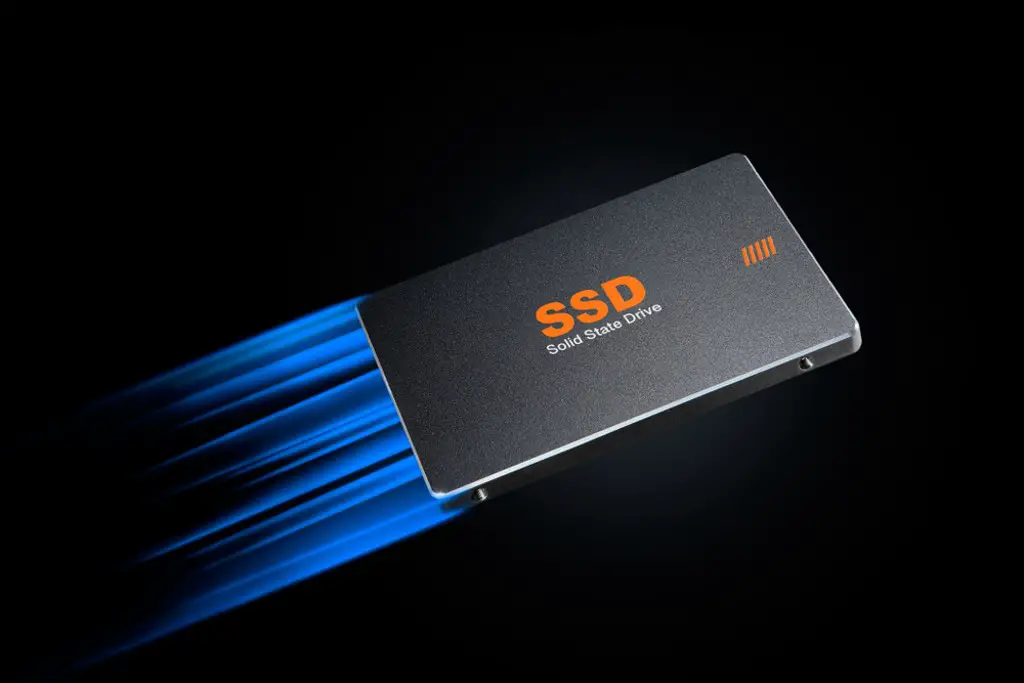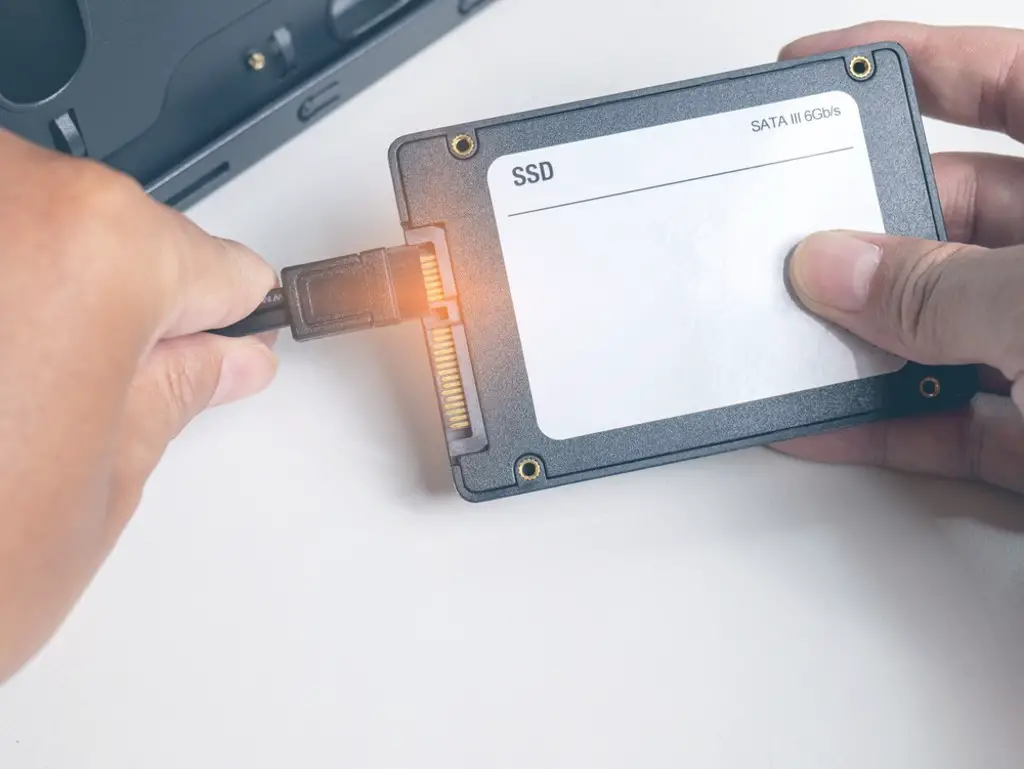Worried about your SSD’s disk space being used up? Don’t fret! This article has the answers. It shares useful tips to free up space and get your SSD running smoothly again. Plus, it will teach you what files are safe to delete and how to back up your data. All you need is right here!
Is your SSD full? It can mess with your computer’s performance and storage. Figure out how to check if your SSD is full and take steps to free up space. Here’s a guide on how to do that and how to improve performance too:
- Check how much space is left on your SSD.
- Identify which files and folders are taking up the most space.
- Delete or move the files and folders you no longer need.
- Compress files that you don’t need to access often.
- Disable hibernation and system restore.
- Defragment your SSD.
Reasons for a Full SSD
When an SSD is full, it’s often because you have too many files. This could be movies, music, or games. Too many applications can use up space too.
Bad sector clusters can also cause a full SSD. If these get damaged, the system malfunctions and fills up faster. Unnecessary processes running in the background can be another cause.
You can avoid needing to buy a new SSD by freeing up space and doing regular maintenance with anti-virus programs.
How to Check if Your SSD is Full?

When your SSD is full, your computer performance can suffer. To make sure you don’t get a warning message, it’s important to track disk usage.
Here are some steps to check and track disk space on an SSD:
- Go to your computer’s Settings. Depending on your OS, this may be done differently. Click “Control Panel” or “System” from the Start menu, or open the Settings app in Windows 10.
- Find and select the “Storage” option.
- Choose Local Storage or This PC. This will show all connected drives and their storage capacity.
- Look for the entry with your SSD’s name (eg C:// drive under Windows 10). Check the amount of used storage.
- To find out which folders take up more space, open File Explorer/Windows Explorer. Check each folder (Documents, Downloads, etc) to understand which process takes up more space.
- Monitor disk space regularly to keep your computer running smoothly.
How to Free Up Space on a Full SSD?
A Solid-State Drive (SSD) offers faster, more reliable data storage than traditional hard drives. It’s energy-efficient, silent, and reliable. But, it can get cluttered and slow down. Here’s how to keep it fast and efficient:
- Look at which files are taking up the most space. Most operating systems have built-in disk analyzers. Identify and delete any unneeded files.
- Transfer file collections onto external media like another hard drive or cloud storage. This keeps personal work or entertainment files separate from system-level files. Consider buying a larger-capacity SSD if needed.
- Remove any temporary or unnecessary cached files. These accumulate silently and take up space. Delete these monthly as part of maintenance. If unsure of the purpose, delete it.
Backup Your Data
Backing up your data is a must when your solid-state drive is full. Cloud storage or an external hard drive to store copies of important files is the best. This helps you if something happens to your device, like a virus or an issue with the SSD.
Before cleaning the drive and freeing up space, back up any important data. This can be done on a USB flash drive, reducing the time needed for backup procedures. If something goes wrong with the SSD, your recent work will be safe!
Different types of backups take different amounts of time based on the number of files and if they are stored locally or in the cloud. It’s best to have multiple backups in different locations in case one is lost or damaged.
Upgrade Your SSD

If your SSD is low on space, you need an upgrade. No worries – it’s easy and doesn’t require much. The two most popular methods are replacing the SSD or adding extra storage with a secondary SSD.
For the former, buy a larger drive and copy/clone the data from the old one to the new one. Format the old drive too. Make sure the interface and size of the new drive are compatible.
For the latter, turn extra hard-drive space into external storage using less power than traditional spinning platters. Buy internal upgrades with adapter cards or USB 3.0-connected drives in enclosures designed for budget performance.
Upgrading or adding storage gives you more room for programs, games, and faster boot times. So no more waiting around when you’re ready to play!
Troubleshooting a Full SSD
Is your SSD full? Fix it quickly, or you may lose important data! Here are a few troubleshooting steps:
- Take a look at what applications and services are taking up the most space. Delete unneeded files to free up space.
- Move files from your SSD to other storage. Consider external hard drives or cloud-based storage.
- Compress data that isn’t used often. Check out the “Other Storage” app to manage system memory and free up room.
Conclusion
When your SSD is full, don’t delete files yet. Invest in cloud storage or an external hard drive. Optimize apps and settings for better performance. Use Windows Disk Cleanup or Mac’s Finder to delete unused items. Delete unnecessary downloads and large files you’re not using. If nothing else works, upgrade the disk or buy another. That way you won’t run out of space too soon.







